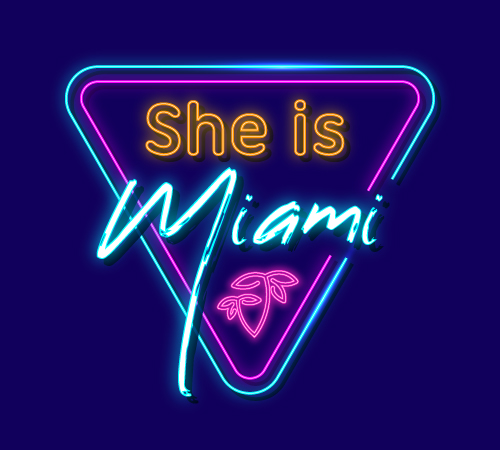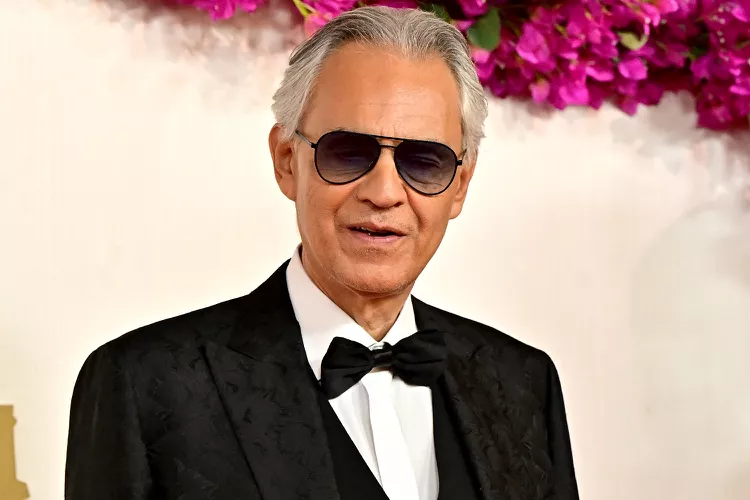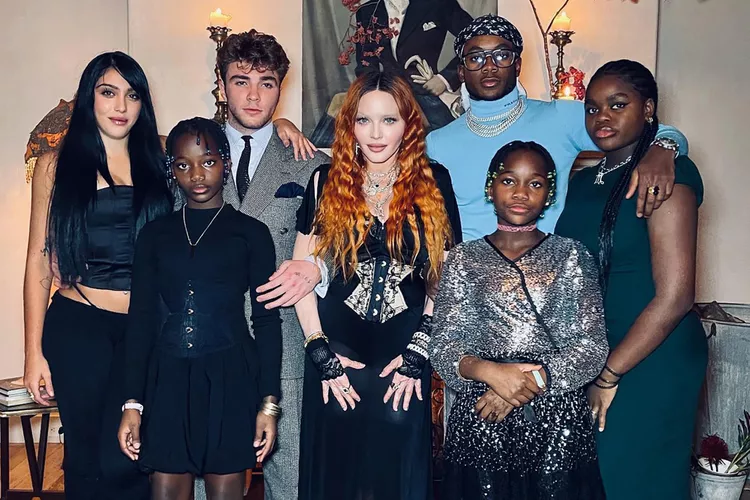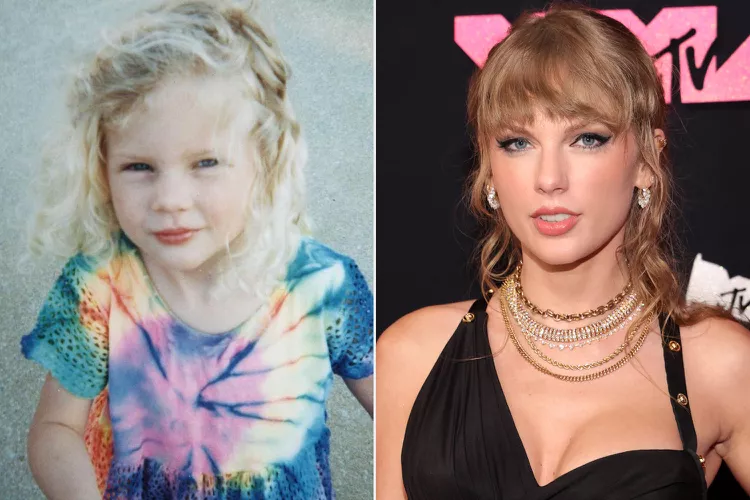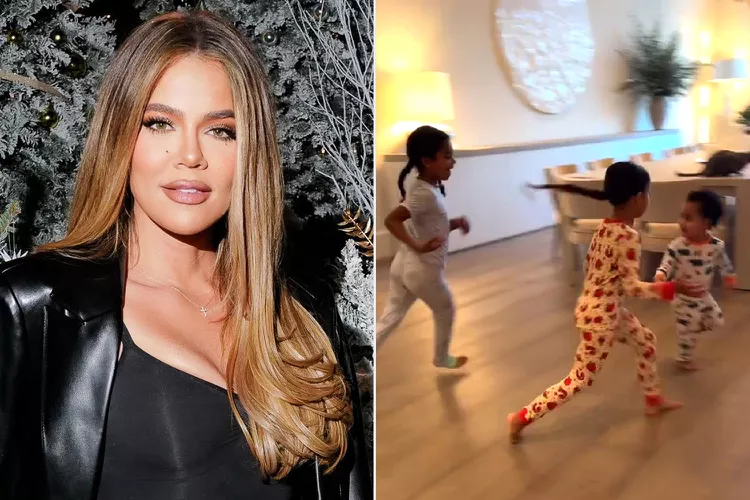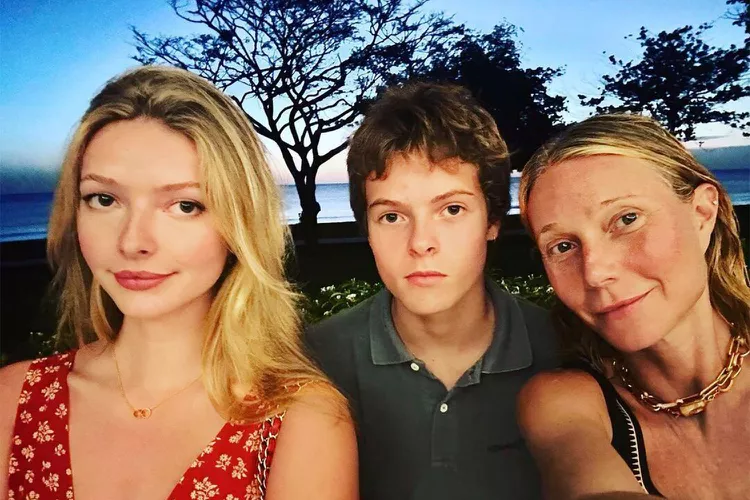Inside the MuseZeuM's flagship location at 2032 NW Second Ave., Grammy Award-winning producer Salaam Remi wraps up a phone call while sitting at a desk in the center of the showroom. He dons one of his custom oversized red hoodies featuring his Marvin Gaye "Save the World" print, inspired by a Gaye remix EP he released in 2021. His towering stature and gentle mien make his presence prominent yet placid when he stands.
He greets with a warm, benevolent voice before offering a tour of his bespoke collection, the exact walkthrough he's led for artists like Lauryn Hill, Nas, Jazmine Sullivan, DJ Khaled, Wyclef Jean, and A$AP Rocky during his Miami Art Week debut back in December 2022. He thoroughly details each element, from the mural-wrapped exterior to the sonic textures and the multimedia materials he used to bring his muses to life with his creative director Tatiana Crooks and audio engineer Ryan Davis.
He stops in front of a portrait he designed around a photograph he took of Amy Winehouse. The British singer's unescapable stare stands in contrast with the bubblegum-pink theme. She blows a bubble, while above her head is the word "Cherry" embellished in red glitter, a nod to the song of the same name he produced for her 2003 debut album, Frank. Remi produced many songs in the late singer's catalogue, from Frank and her acclaimed follow-up Back to Black.
Like much of his art, the Winehouse canvas is inspired by the connections and friendships that span his three-decades-long career.
"Each one is their own centerpiece," he describes the paintings and canvases circling the gallery's perimeter.
A low-profile savant who prefers to stay out of the limelight, Remi is the producer to be studied, not just admired. The son of the Trinidadian-Barbadian studio musician Van Gibbs, he grew up in Queens, New York, around hip-hop pioneers Kurtis Blow, Doug E. Fresh, and Fab 5 Freddy. By his early teens, he was contributing keys to Kurtis Blow's 1988 album Back by Popular Demand. By the next decade, his unique production style became a catalyst for culture-shifting artists like the Fugees, Winehouse, Nas, Supa Cat, and Miguel. A key player in the evolution of hip-hop, R&B, and reggae, he's the mastermind behind timeless hits like Ini Kamoze's "Here Comes the Hotstepper," the Fugees' "Fu-Gee-La," Nas' "Made You Look," and Toni Braxton's platinum single "You're Makin' Me High."
After releasing his 2020 album, Black On Purpose, last year, he announced plans to retire on his 50th birthday. But the art hobby he picked up during lockdown tugged him in a different direction.
"I was like, 'It's my 50th birthday, and I've been doing records since I was 14. When do I get my penchant? When do I get an opportunity to do other things?'" he recalls. "Starting this aspect of it was really me doing it as a fan first in the same way I started doing music as a fan, and when I'm a fan, I try to figure out how to create and contribute to that. This was great as a personal development, but when I realized I could share this with other people, that's when it went to another level."
Right before last year's Miami Art Week, Remi, who's lived in Miami since 2002, picked out a spot in Wynwood big enough to host his growing art collection and private events. He was almost ready for a debut with his art already approved by the artists or their estates.
The only piece missing? A name.
"When I was showing J. Cole these pieces, he looked at it and said, 'But what's your name?'" he says. "I couldn't think of a name. Then Super Cat left me a message one day. He said, 'Yo, don't put my picture in no museum.' He didn't want to say gallery because Jamaicans have the whole double talk thing, so when he said muse-zeum, I was in London and kept thinking muse-zeum. So right before we opened for Art Basel, I said, 'We gone put it there, and it's going to stick Jamaican style,' and it sticks. It's a musezeum. We want to have the musicians a part of it."
He didn't want to make his art transactional like aristocratic galleries extract and capitalize from artists. Instead, he developed a "for artists, by artists" concept, where musicians, artists, and fans can benefit from a symbiotic partnership. The space celebrates art in all forms. He's incorporated photographs of hip-hop icons from celebrity photographers Micheal Benabib and Ricky Powell and paintings from Black contemporary artists like Crooks, Brittany Anne Baum, and Justin Wadlington, whom he discovered on Instagram a few years before adding his Nas painting PicEsco to the MuseZeuM collection. Remi also splits a percentage of art and limited-edition revenue with the artists who created it and the artists who inspired the paintings, eschewing paparazzi practices of selling and exploiting the likeness of celebrities without their consent.
"That's one missing thing in this ecosystem, at least for African-Americans," Wadlington says. "I've always wanted to connect my art to some of these people. I feel it's important to bridge these gaps, and I love that Salaam is doing that. He's being selfless about it too. He's using his voice and his platform to bridge gaps, and it's an amazing thing."
In April, he kicked off his Midnight at MuseZeuM concert series with hip-hop pioneer Rakim. The two-part event included a private unveiling and conversation held at the Wynwood space, where fans were given exclusive access to limited-edition merch the night before Grand Puba and Rakim hit the stage at the Miami Beach Bandshell. The live series encapsulates Remi's approach to building tangible connections that can breed new possibilities for everyone involved. He's the conduit between the overlapping worlds of music and art, a role he played long before picking up a spray can.
"I'm not a huge self-promoter," he says. "On all the records I've produced over the years, there's only one song where someone shouted me out at the beginning of the song, and I wasn't there when they mixed it. Who I am is great, but what the people I've helped to create is even more. For instance, I've never done a record for Beyoncé, but I produced Wyclef's first hit with the Fugees, and I encouraged him to produce a lot of The Score on his own without me being a part of it. He called me when he did the "No, No, No" remix for Destiny's Child, and me encouraging Wyclef to do what he did, he was able to pay forward that energy to someone else. Wyclef paid it forward to Akon, then Akon to T-Pain, then T-Pain to Gaga."
Remi has already announced the second concert series installment with headliner Big Daddy Kane. Remi will celebrate his impact on hip-hop with a private unveiling at his gallery on June 9, and Big Daddy Kane is set to perform at the Miami Bandshell on June 10. He also just wrapped up his second pop-up in New York City, an idea spawned from his expansive approach to community and art.
But MuseZeuM's home is anchored in the city where he created some of his most impactful records.
"I've lived longer in Miami than I've lived in New York as an adult," he says. "Most of Amy Winehouse's records were recorded in Miami, so the reality is that Miami was the start, but having portals can happen in many different places. Miami has enough creative cultural energy for me to be able to harvest that and feed that back to people."
As he ambles from frame to frame, he points to a glossy wooded portrait of the late reggae singer Dennis Brown and explains, "I was looking to see how far I can imagine each concept. They are their own moments."
He embodies Brown's signature roots reggae hits with wood he collected from his backyard. The texture doesn't end at the earthy accents and epoxy resin finish. He presses play on his iPad, and Brown's signature rasp on "Here I Come" blasts crystal clear from the wood Bluetooth speakers anchored on the sides of the frame. It wouldn't be Remi's art without an immersive layer of music enveloping you in the multi-dimensional piece.
He moves from a mixed-media portrait of D'Angelo, where "Brown Sugar" radiates so sultry and sweetly from the speakers it feels like your first time listening to it, to multi-sensory canvases of his favorite vocalists Marvin Gaye, Bob Marley, Celia Cruz, and Fab 5 Freddy. Remi and the conceptual artists he collaborated with baked legacy and culture into every detail of the portraits.
"I want people to enjoy the art. I want them to see it and love it and be affected by it, then have to read the fine print. I don't even put my name on the art. I say it's SR. It's not about me. It's about where can I put this in the corner so you can enjoy the experience," he says. "I never want my name to be bigger than what I've created. That's the reason for me having this portal is so someone else gets a chance to rock in front of the stage."
